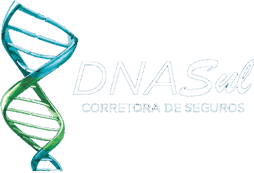No matter if you’re an company dealing with renewables or an insurance business managing investments, your organization requires the best practices to keep assets performing efficiently towards organisational goals and objectives. This will help you achieve consistent results while minimizing risks. Without a sound asset management system in place, you will face many challenges including operational inefficiency production loss or customers due to system failures and increased costs or investments that are not planned, as well as other issues that impact your business over the long term.
Every company has different types of assets both tangible and non-tangible that are essential for its day-today activities and the ability to supply products or services to its market. These assets are restricted in their life span and require effective management to reduce costs and improve productivity. You could be exposed to a myriad of risky assets without a sound management plan, including inefficiency, increased operating expenses and production losses. You also have to deal with frustrated employees.
The first step is to identify all assets in your organization. You will then have to analyze the risks that are associated with those assets and threats that https://expertalmanagement.de/2021/12/29/the-importance-of-asset-management could damage or destroy them as well as their impact on your business. You should then devise and implement strategies to lower the risk. This can include security measures, insurance and program maintenance.
It is also important to vet vendors and establish failsafe procedures to prevent them from accessing assets. For instance, some firms withhold payment until they have vetted a vendor, while others block any unapproved hardware or software during the contract phase.
